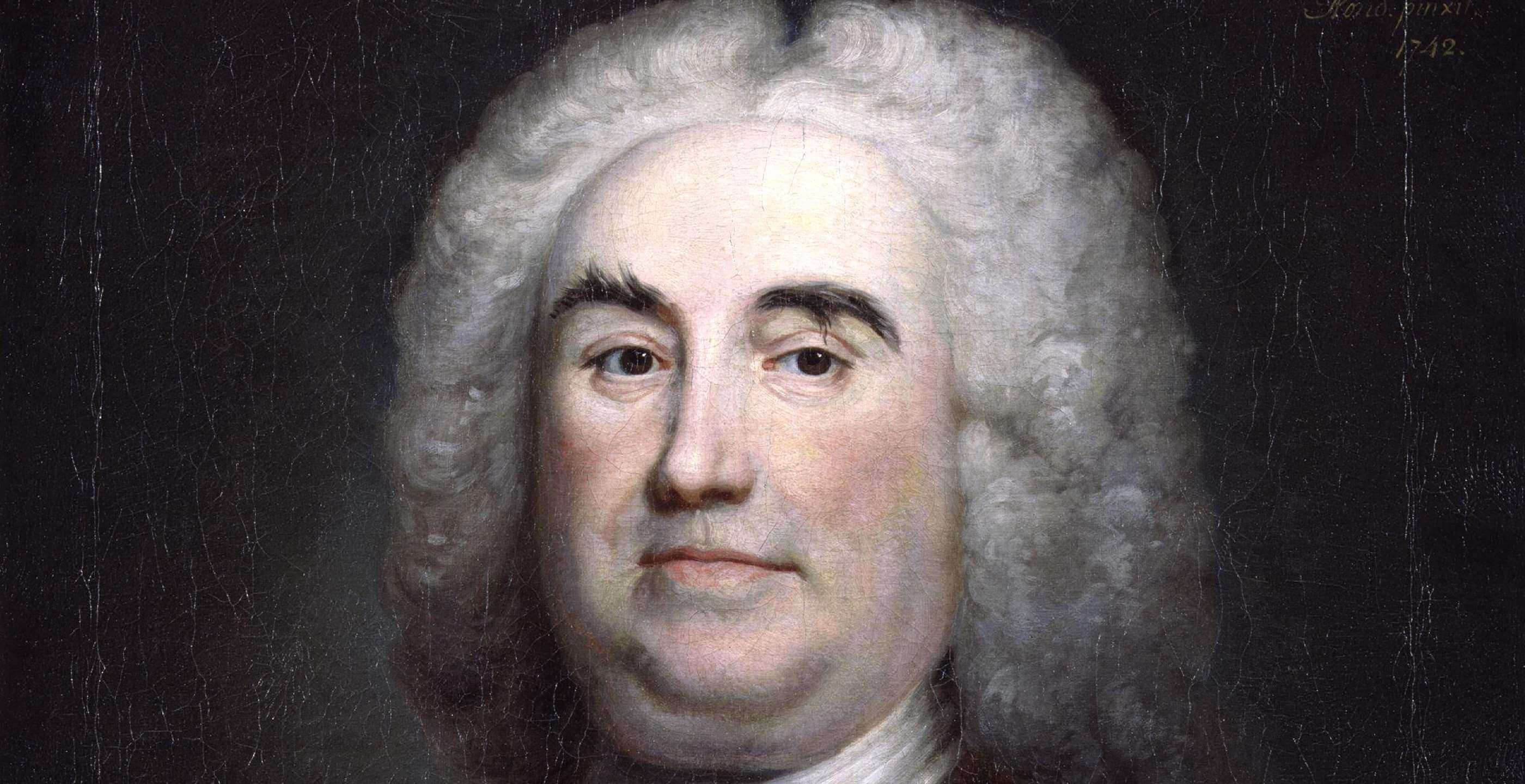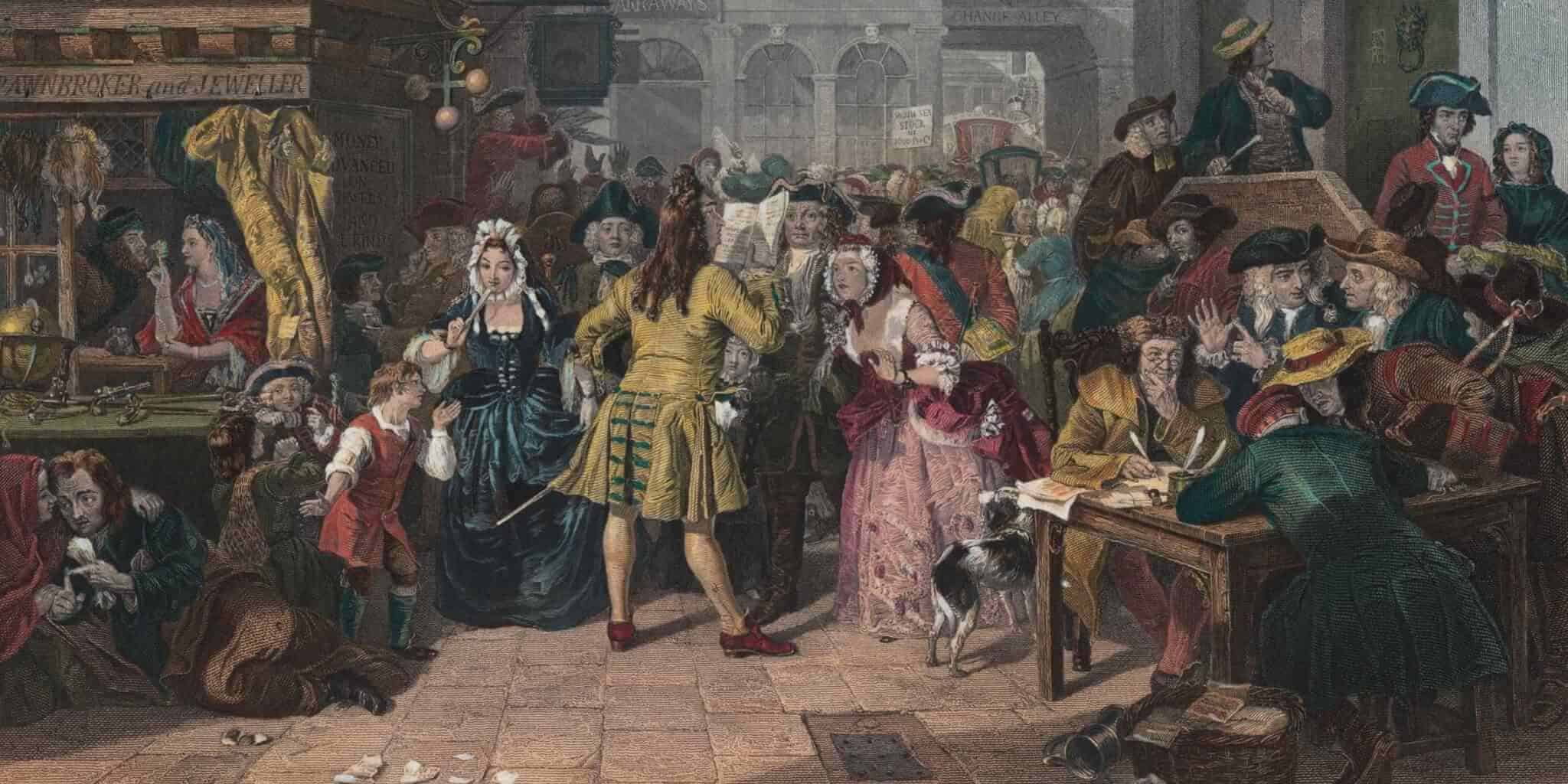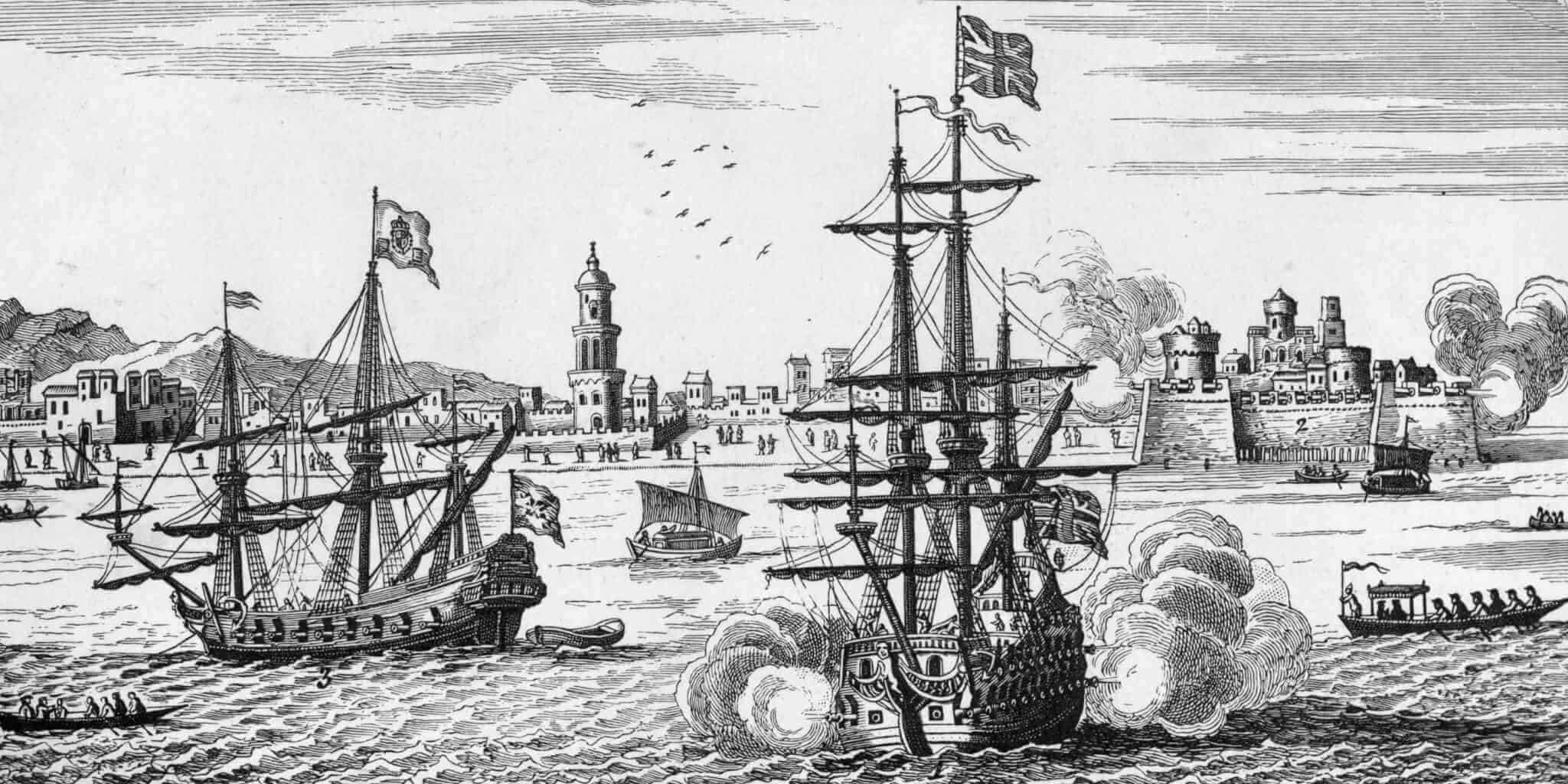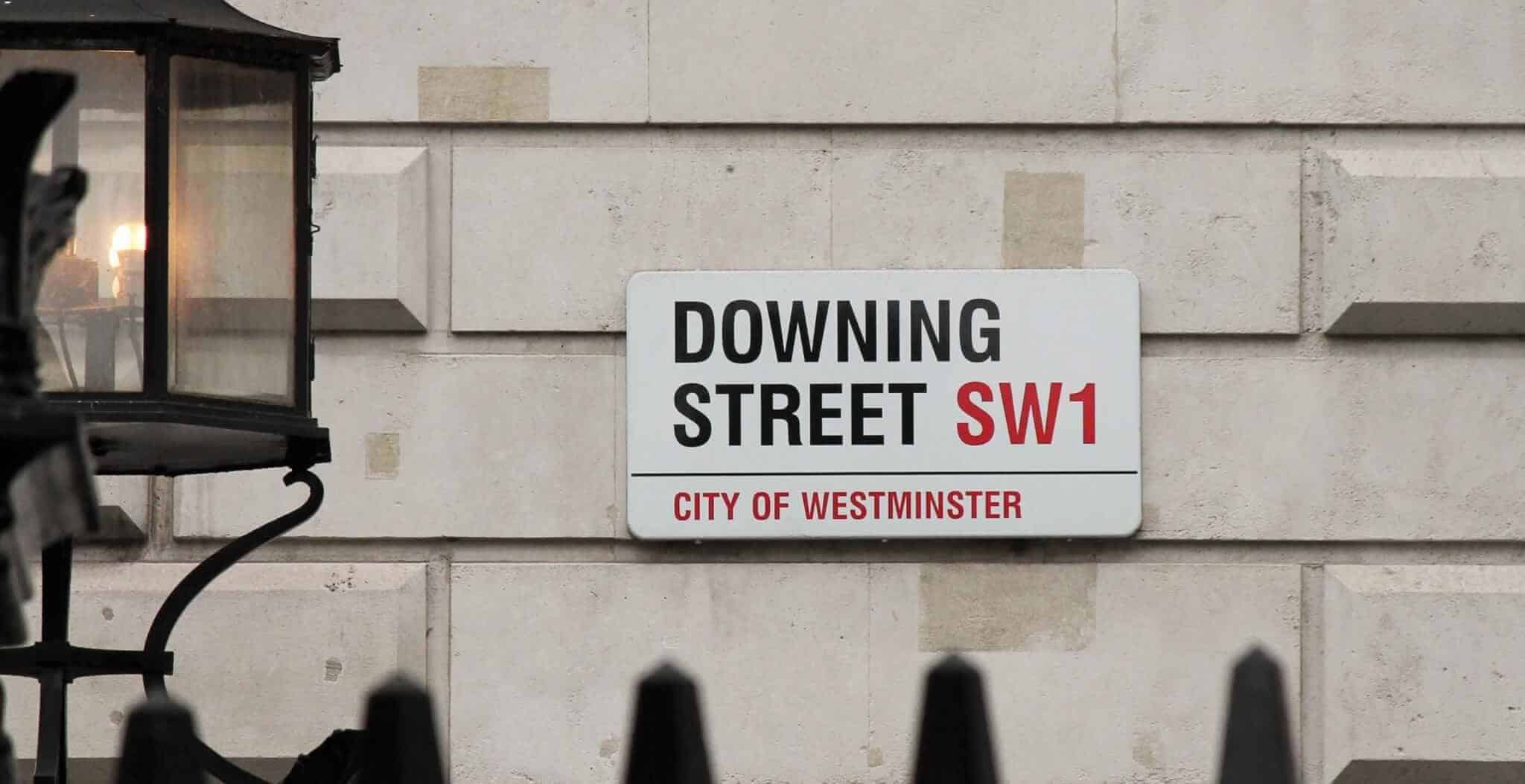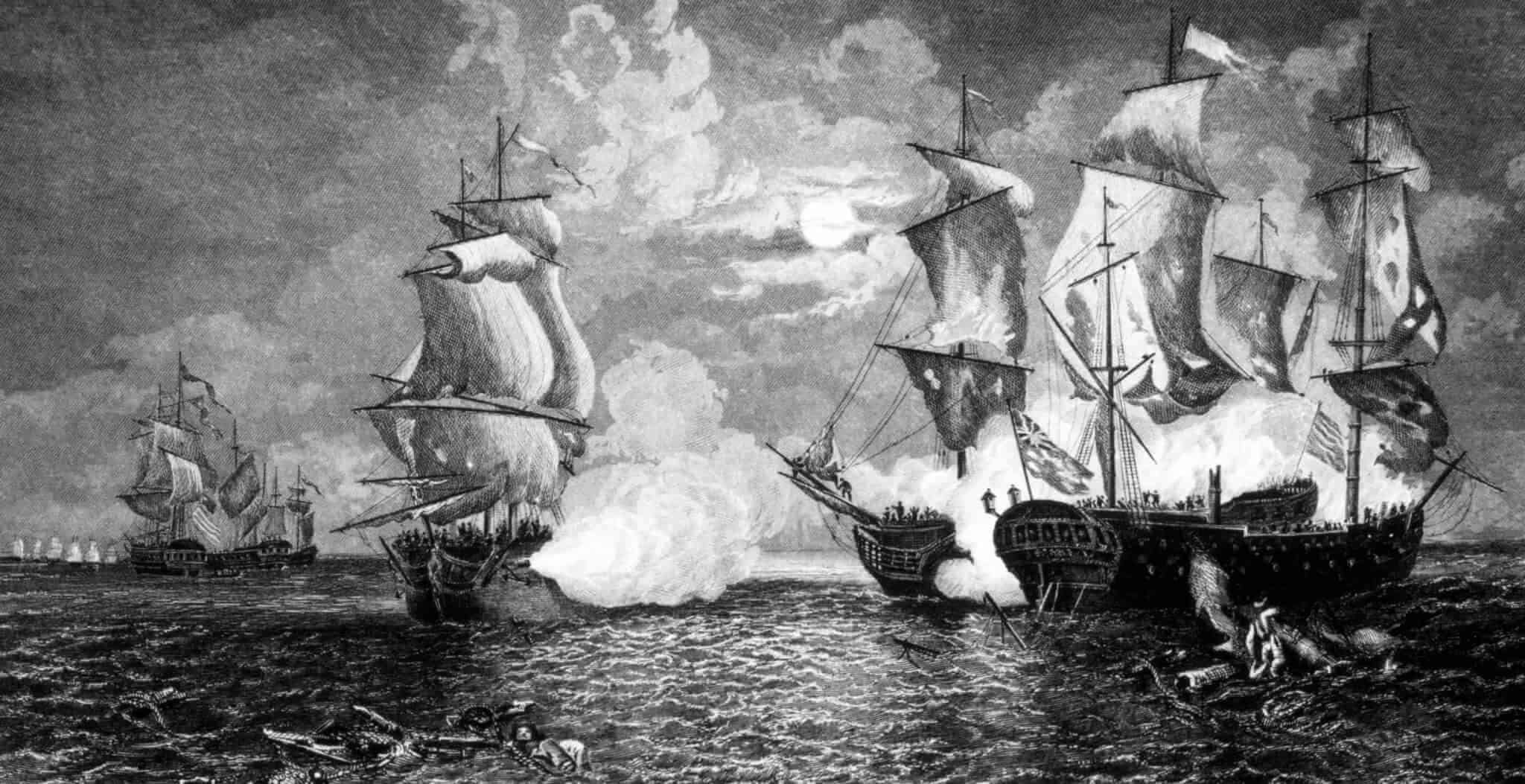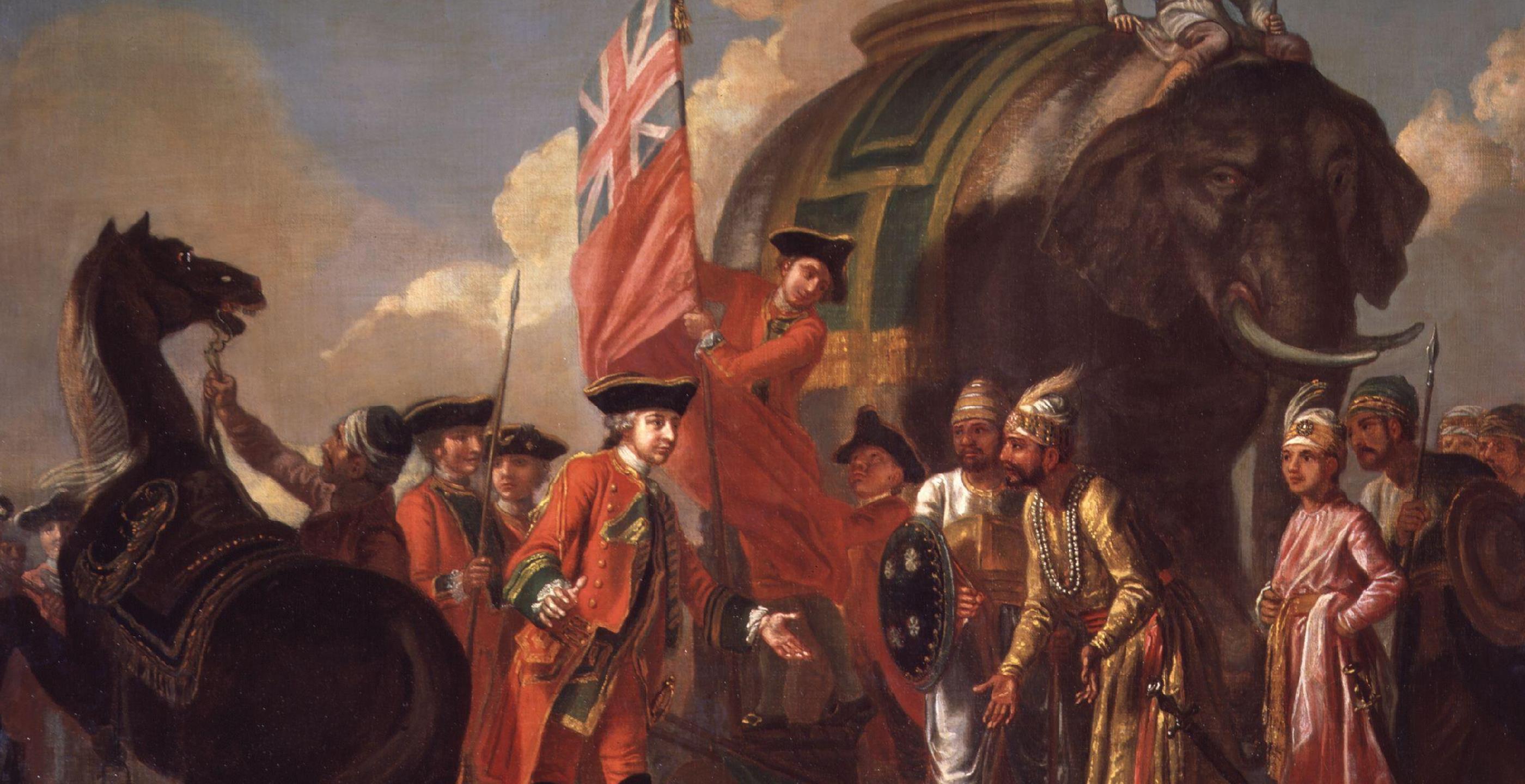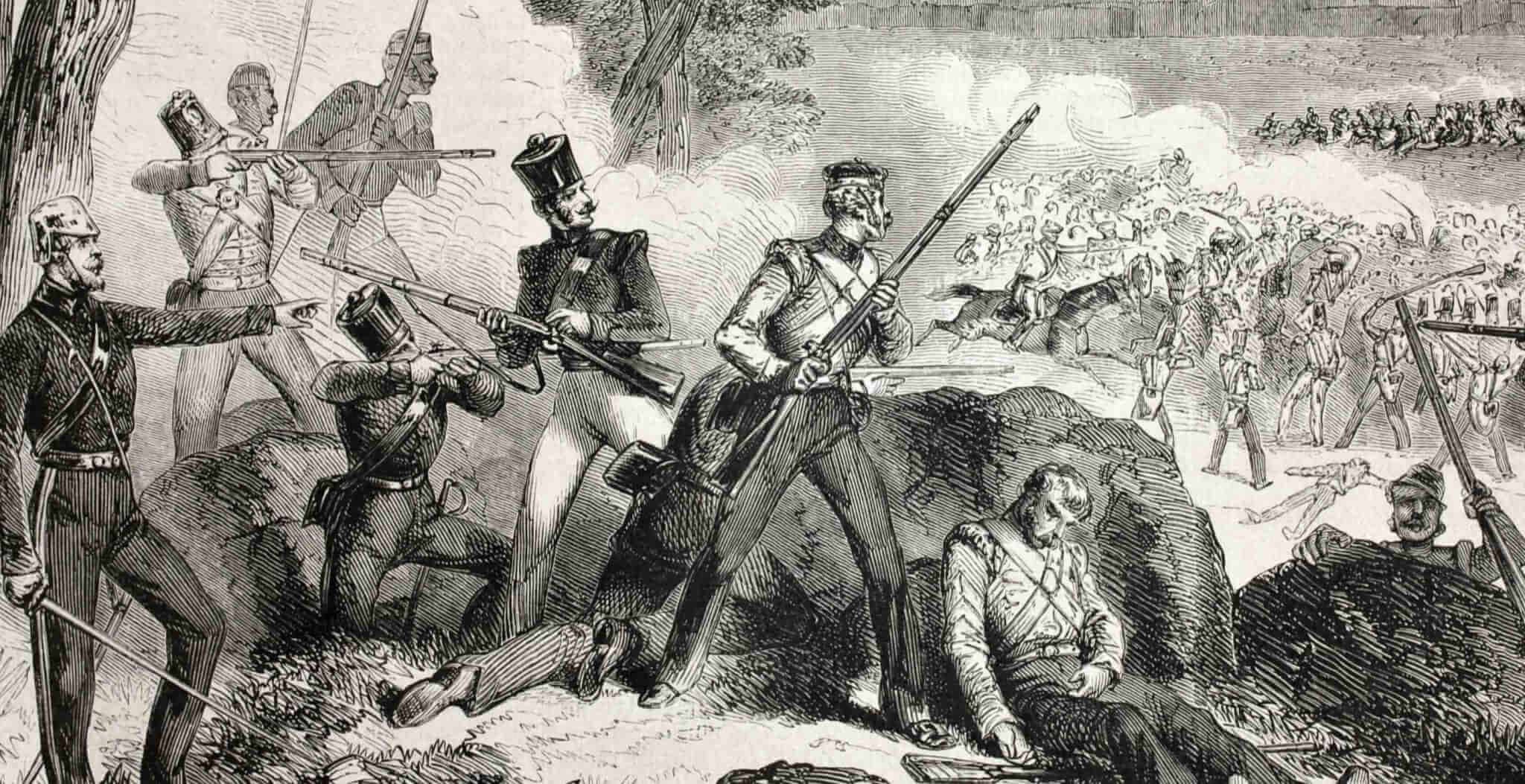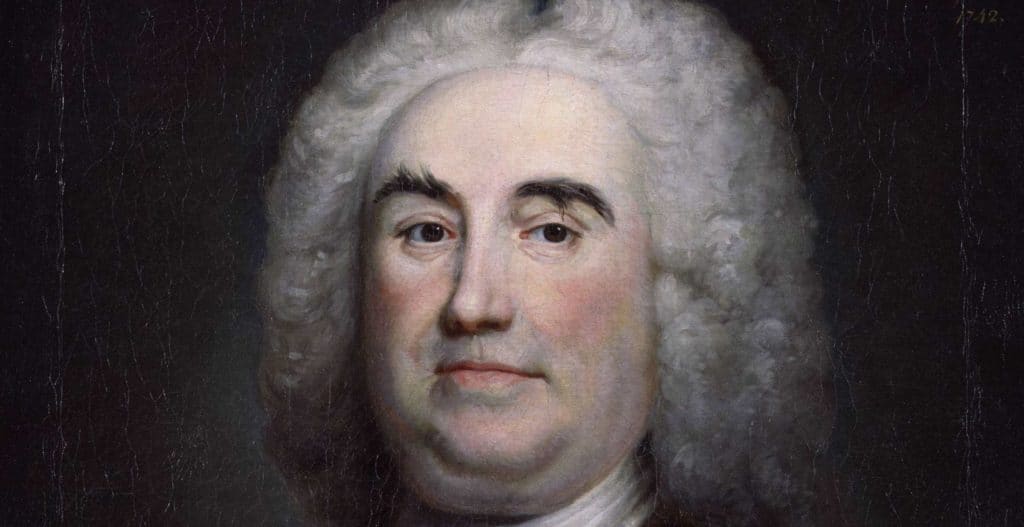On 26th August 1676 Sir Robert Walpole was born, a man who would become not only Britain’s first Prime Minister, but also the longest serving Prime Minister in British history.
Walpole was born in Houghton, Norfolk, the son of Robert Walpole senior, a Whig politician who served in the House of Commons, and his wife, Mary Walpole, a member of the gentry, daughter of Sir Geoffrey Burwell of Rougham. He came from a high ranking, important family with political links that would prove vital for his future career.
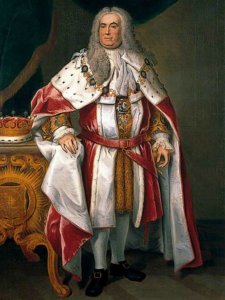
The young Robert Walpole attended a private school in Norfolk and in 1690 entered the esteemed Eton College where he gained an excellent academic reputation. With his impressive scholarly credentials, he made the natural progression to King’s College Cambridge, with the intention of becoming a clergyman.
Walpole however was forced to reconsider his plans when on 25th May 1698, after hearing news that his last remaining elder brother Edward had passed away, he left the college to help his father manage the family estate. Only two years later his father died, leaving Robert the successor to the entire Walpole estate, which included one manor house in Suffolk and nine in Norfolk. An enormous responsibility for a twenty-four-year old just out of university.
Fortunately for Walpole he possessed a great deal of business acumen as well as academic skill and whilst he was still very young he had bought shares in a company which had a trading monopoly with South America, the Caribbean and Spain.
The South Sea Company as it was known was a British joint-stock company used for reducing the national debt. Unfortunately, rapid speculation on the markets grew out of control with everyone wanting a piece of the action. With the shares increasing companies were launched in a frenzy of activity which ultimately concluded with the economic “bubble” bursting.
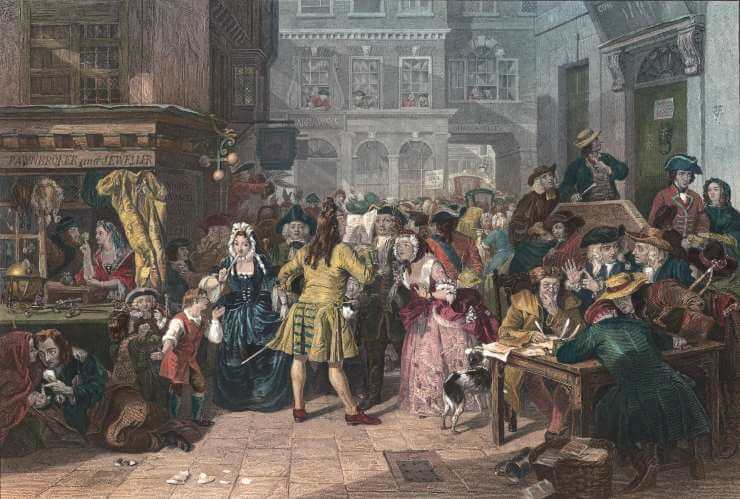
The resulting South Sea crisis was an economic catastrophe which hit Europe causing suffering for many who had invested in this venture. Fortunately for a young Walpole his personal wealth remained intact and growing as he had been buying from the bottom and selling at the top of the market allowing him to increase his wealth considerably. His economic foresight allowed him to construct the extravagant Houghton Hall which can be visited today.
The building began its construction in 1722 and was completed thirteen years later. The house was used by Walpole to host a variety of parties for the Norfolk gentry, whilst visits from Royalty were also commonplace. When he became a politician and eventually Prime Minister he would often host meetings with members of his Cabinet, which became known at the time as the ‘Norfolk Congress’. The meetings were held in luxurious surroundings, as Houghton became the perfect home for Walpole’s vast art collection including works by Rubens, Rembandt, Van Dyck and Velázquez.
Walpole’s political career began not long after his father’s death, just a year later in fact in 1701 when he won his father’s previous seat as MP for Castle Rising. The following year he left his seat to represent King’s Lynn, a constituency that he would retain for the remainder of his political career as a representative of the Whig Party, the same as his father.
Only a few years into his political career he was appointed to be a member of the council to Prince George of Denmark, Lord High Admiral, by Queen Anne herself. He was an important intermediary character, reconciling the differences within the government with his conciliatory approach. His academic skills combined with his political composure proved to be very useful and he was quickly recognised as an asset for the Cabinet. One of those that identified his skills was Lord Godolphin who was the leader of the Cabinet and who was interested in using Walpole in an advantageous position and subsequently appointed him Secretary at War in 1708.
Unfortunately, his growing influence was not enough to stop the Whigs from prosecuting Henry Sacheverell, a minister who preached anti-Whig sermons. His persecution by the party was extremely unpopular with the public, and impacted the next general election, with the new ministry falling under the leadership of Tory Robert Harley. Walpole was at first made offers by Harley to join the Tories but quickly refused, assuming the role as one of the most noteworthy of the Whig Opposition.
Walpole’s prominence in the Opposition party gained him a lot of enemies and he was later accused of selling his services of power and being corrupt. The charges led to his impeachment and eventual imprisonment in the Tower of London for six months. His expulsion from Parliament saw him viewed as a kind of martyr to the cause, and upon his release he wrote many pamphlets which attacked the ministry overseen by Harley. By 1713 he had been re-elected for King’s Lynn with his public popularity restored.
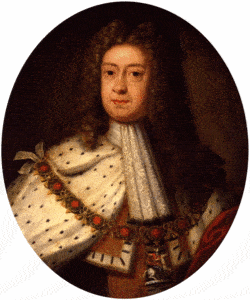 King George I
King George I
By 1714 the political climate was changing once more with the ascendancy to the throne of George I. This had an important impact for the Whig party because it was known that George I was suspicious of the Tories, as he believed they opposed his right to the throne. The Whigs therefore were boosted by this mistrust and would ultimately retain power in the Commons for the next fifty years.
Meanwhile, Walpole continued to make headway in his political career. By 1721 he was serving as the first Lord of the Treasury under the government dominated by James Stanhope and Charles Spencer. During this role he introduced the “sinking fund” which was essentially a way of reducing the national debt. He resigned shortly afterwards, as the government continued to be plagued with division. Nevertheless, Walpole continued to serve as an influential figure in the House of Commons, for example when he opposed the Peerage Bill which was seeking to limit the power of the monarchs to create peerages. The bill was subsequently rejected and he assumed the role of Paymaster General not long before becoming Prime Minister in 1721.
He was able to avoid the South Sea financial crisis that plagued the Commons. He helped to restore government credit whilst also preventing political individuals from being punished, earning him the nickname “Screen-Master General”. With the exception of Sunderland and Stanhope, Walpole was the last remaining influential figure in the Commons. He was appointed Lord of the Treasury, Chancellor of the Exchequer and Leader of the Commons, effectively becoming a de facto Prime Minister. This position of power he held until 1742.
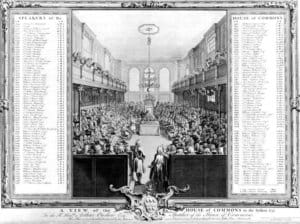
In his first year serving as Prime Minister he uncovered the Atterbury plot, named after the Tory Bishop, Francis Atterbury of Rochester whose plan was to take control of the government. The Bishop was subsequently exiled for life and Walpole was able to consolidate power for the Whigs by branding the Tories as Jacobites. This plot cemented his position as leader, kept the Tories out of the political game for a long time and gave a boost to his public support.
During this twenty year period Walpole became the most influential man in England, adept at keeping the peace, maintaining an equilibrium and using his oratory skills to his advantage. He was able to get his rivals to resign: first Carteret in 1724 and then Townshend in 1730. He was also able to strengthen power in his party through royal patronage. In 1727 George I died, leaving Walpole in a vulnerable position when George II took the throne. Fortunately, Walpole’s power was retained when he survived the attempt to replace him with the Earl of Wilmington, Spencer Compton. Instead he received the backing of Queen Caroline, the new queen, and remained at the top of his political game.
His time served in office was punctuated by policies aimed at reducing national debt and keeping the peace abroad. His main focus was keeping parliament on his side and winning favour in the Commons. His legislation was not particularly revolutionary and continued to maintain the status quo, a feature for which he was criticised by some, such as William Pitt. He is perhaps most well-known for receiving the gift of 10 Downing Street in 1735 from George II, making it the permanent residence of the Prime Minister.
Unfortunately, in his later years opposition was growing, particularly when a trade dispute with Spain forced him to declare the War of Jenkins’ Ear in 1739. In this period he also attempted to raise the excise tax on wine and tobacco as well as shifting tax burdens to the merchants instead of landowners. This was met with great opposition and in 1741 with a poor election result, his position was increasingly fragile. In February 1742, realising that his time was up, he resigned, assumed the title Earl of Oxford, served in the House of Lords and passed away three years later.
Walpole was an influential figure serving for twenty years as the first British Prime Minister. He sustained power for the Whig party, established Downing Street as home of the Prime Minster, won favour with the Crown and negotiated with great skill and panache. Walpole is an important figure in a long line of influential leaders in British history.
Jessica Brain is a freelance writer specialising in history. Based in Kent and a lover of all things historical.
